Textile Environmental Testing
Textiles are composed of different fibers arranged in a variety of ways to create the durability, strength, appearance, and texture expected of a fabric. Fibers include natural, vegetable, animal, man-made and synthetic. After preparing the fibers, the next step in the process is spinning the fibers into yarn. Next is fabric production. Fabrics can be manufactured in many different ways; the most common are woven, knitted or produced through nonwovens. During this step, the yarn must be strengthened so that it does not break during the process. After fabric production, pretreatment is required to accept dyes and functional chemicals in the fabric. Once the pretreatment is complete, the fabric is ready for dyeing and printing. After this step is finishing, which varies according to the intent of the fabric. Some examples of desired properties are flame retardancy, water resistance, antimicrobial treatment and protective coatings.
To ensure the reliability of textile products over time, XCH Biomedical manufactures steady state chambers and chambers. These devices are designed for testing accelerated burn-in, burn-in, and controlled temperature storage. The test chamber itself is available in a variety of configurations to best suit your needs.
 English
English Français
Français Deutsch
Deutsch Русский
Русский Español
Español Português
Português عربي
عربي 日语
日语 한국인
한국인 Melayu
Melayu Tiếng Việt
Tiếng Việt Indonesia
Indonesia বাংলা
বাংলা 中文
中文

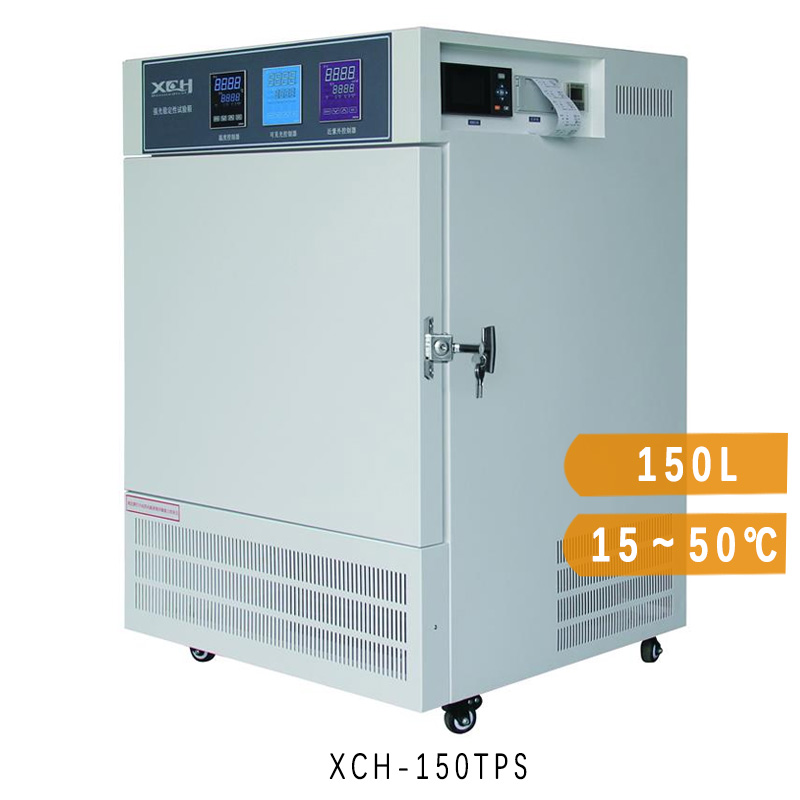
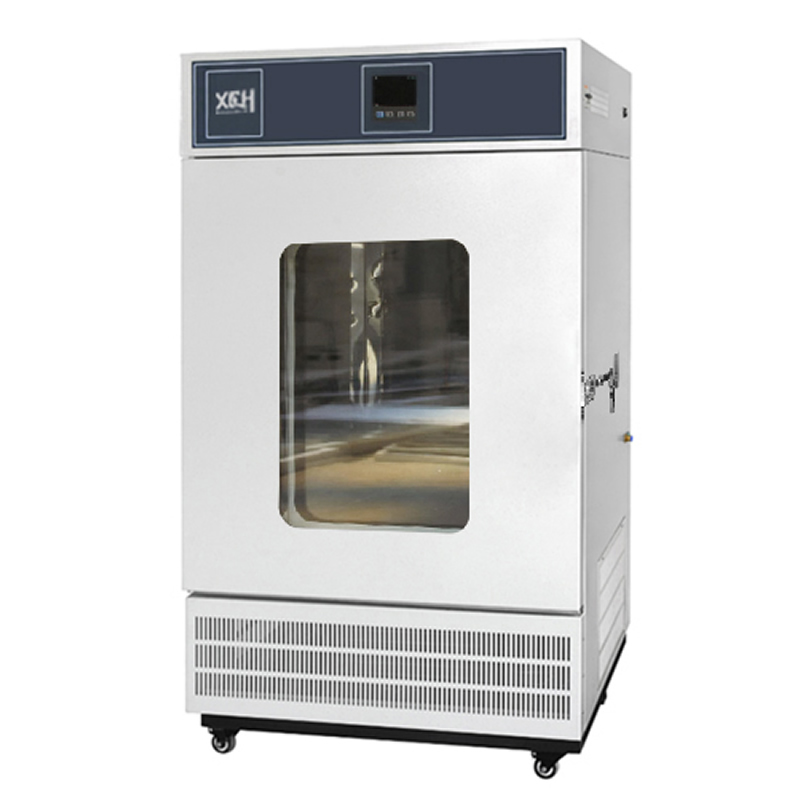
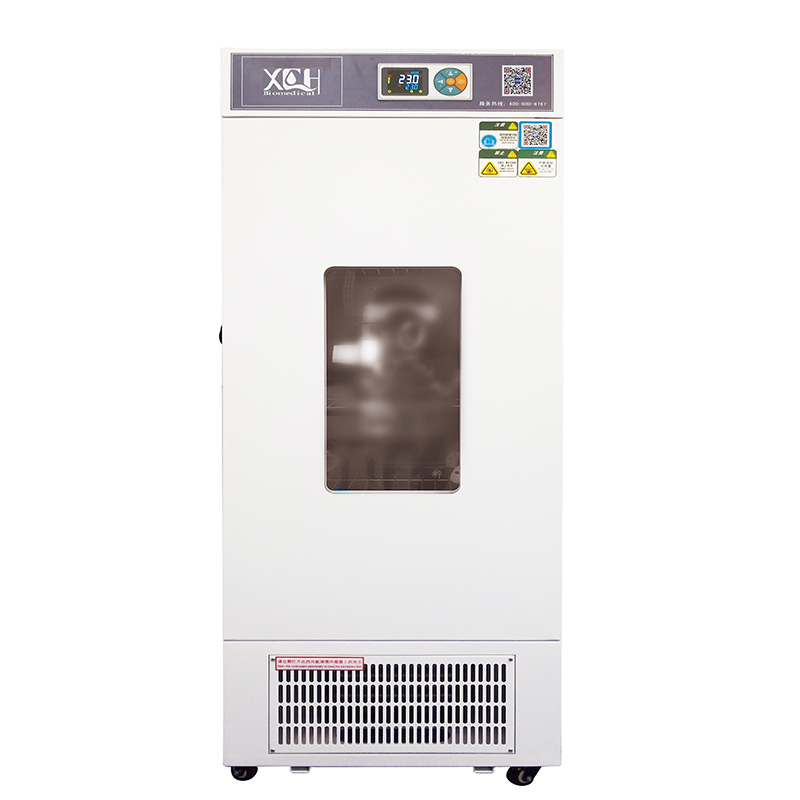
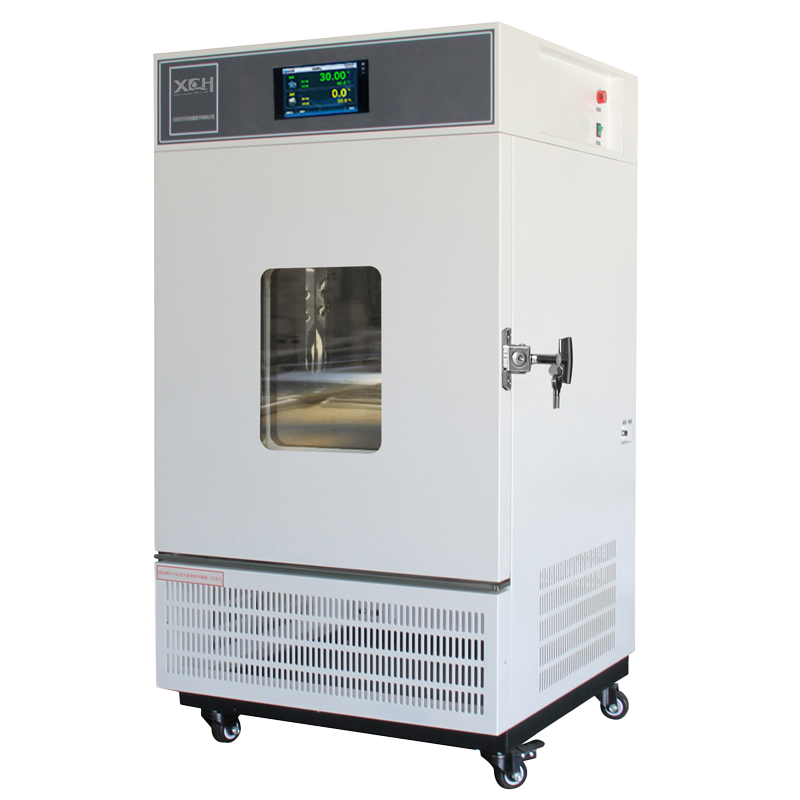
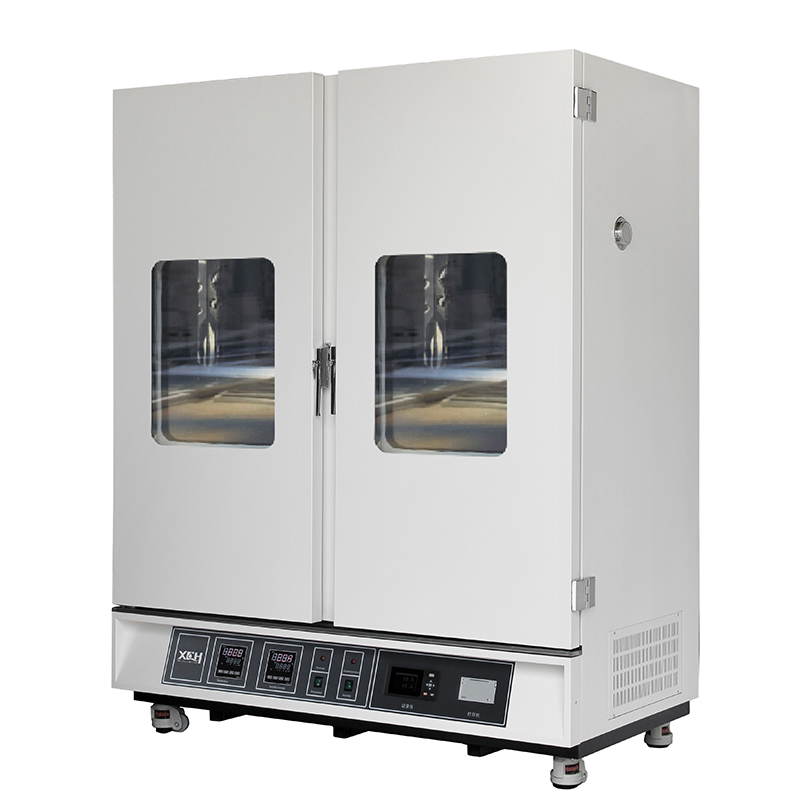
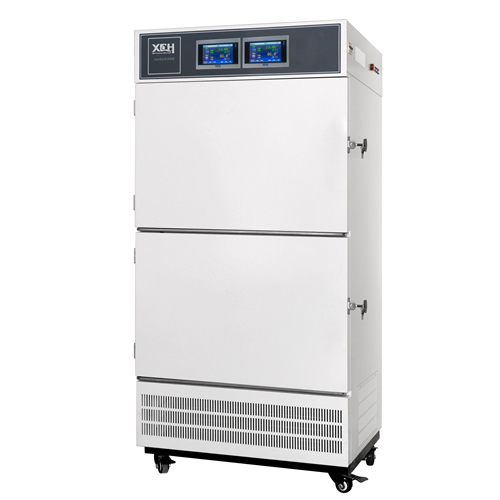
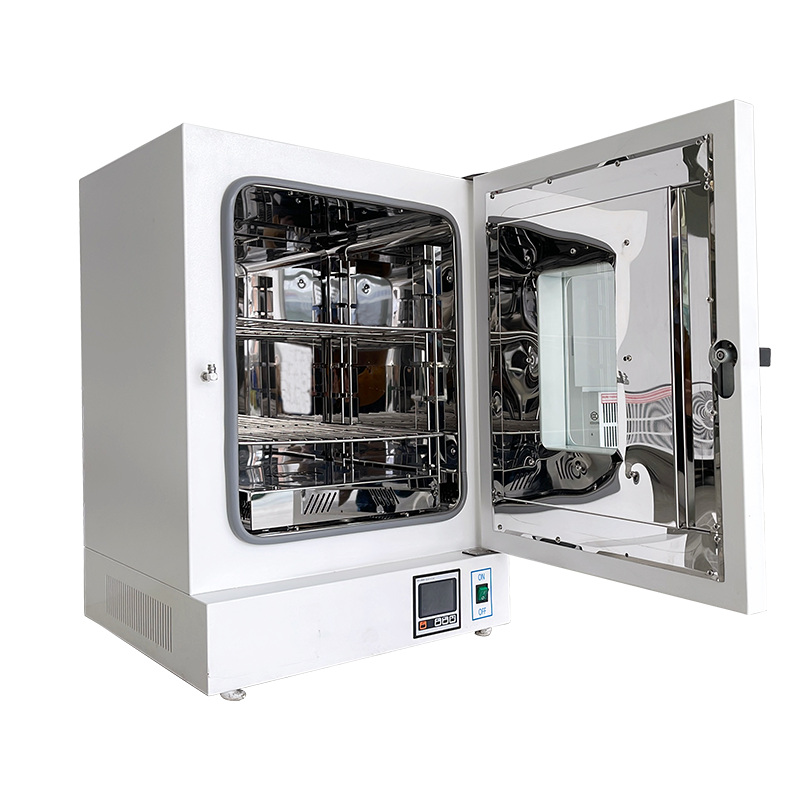
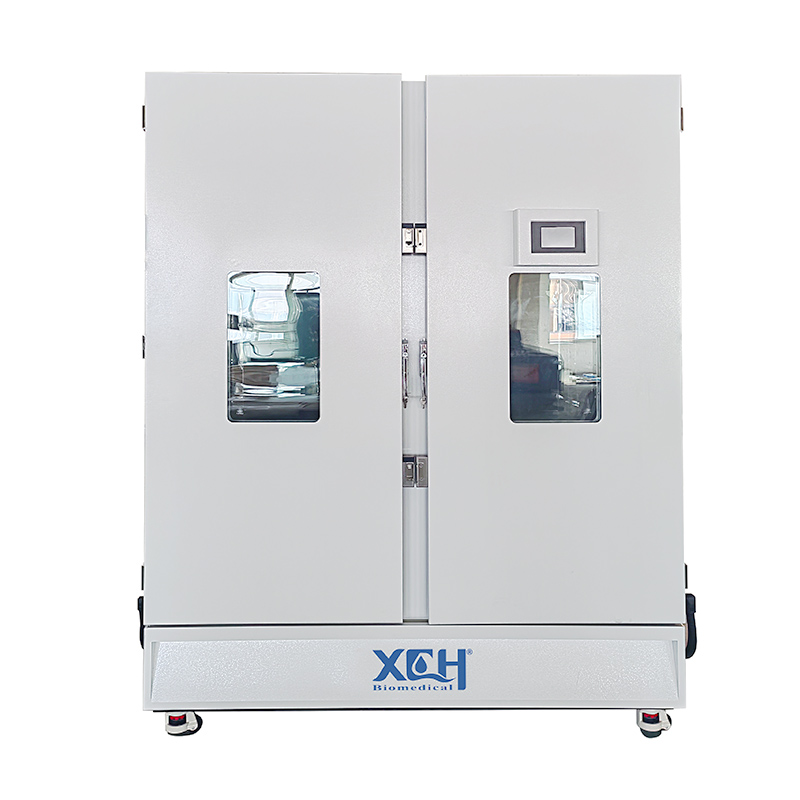








 IPv6 network supported
IPv6 network supported